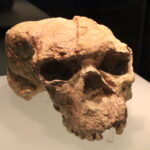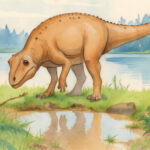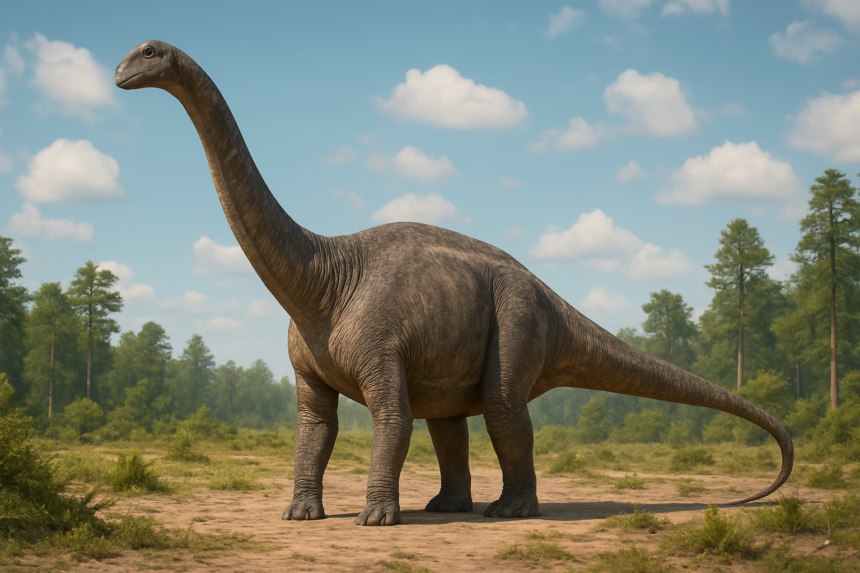A set of fossilized bones from long-necked dinosaurs, called sauropods, shows that a bone disease may have killed them. These fossils were found in the inner region of São Paulo, Brazil. They came from six different dinosaurs, all showing signs of a disease called osteomyelitis.
Osteomyelitis is an infection caused by viruses, bacteria, fungi, or protozoa. The bones are about 80 million years old, from the Cretaceous period, and they didn’t show any signs of healing. That means the dinosaurs probably died while the disease was still active. In other words, this disease was likely the main cause of their death.
This discovery is important because cases of infectious diseases in sauropods are extremely rare. All the bones were found in the same place and came from the same time period. This suggests that a pathogen was spreading through the area, affecting multiple animals at once.
Scientists studied the bones using microscopes that can reveal tiny details. They discovered three types of osteomyelitis that hadn’t been reported before. One type had small, round bumps. Another showed oval shapes with a fingerprint-like pattern. The last type had large, round marks.
The infected areas also had a spongy texture. That’s important because it helped the team confirm it was a disease and not something else, like cancer. The texture also suggested there was a lot of blood flow to the infected area. And the bones didn’t show signs of healing, which usually happens when animals are injured by bites. All of this points to disease being the likely cause of death.
Researchers couldn’t say exactly which germ caused the infection. But they think the environment played a big role. Back then, this part of Brazil had a dry climate with shallow, slow rivers and large pools of standing water. That would have made it easier for germs to grow and spread. Dinosaurs might have caught the disease from mosquitoes or contaminated water. Other animals, like turtles and crocodiles, could have been infected too.
Studying these bones provides important clues for future research. It helps scientists understand how disease affected these dinosaurs and why they died. Even millions of years ago, disease was a real threat to life.
Story Source: By André Julião | Agência FAPESP – Deadly Bone Disease Wiped Out Long-Necked Dinosaurs in what is now the interior of the state of São Paulo, Brazil







